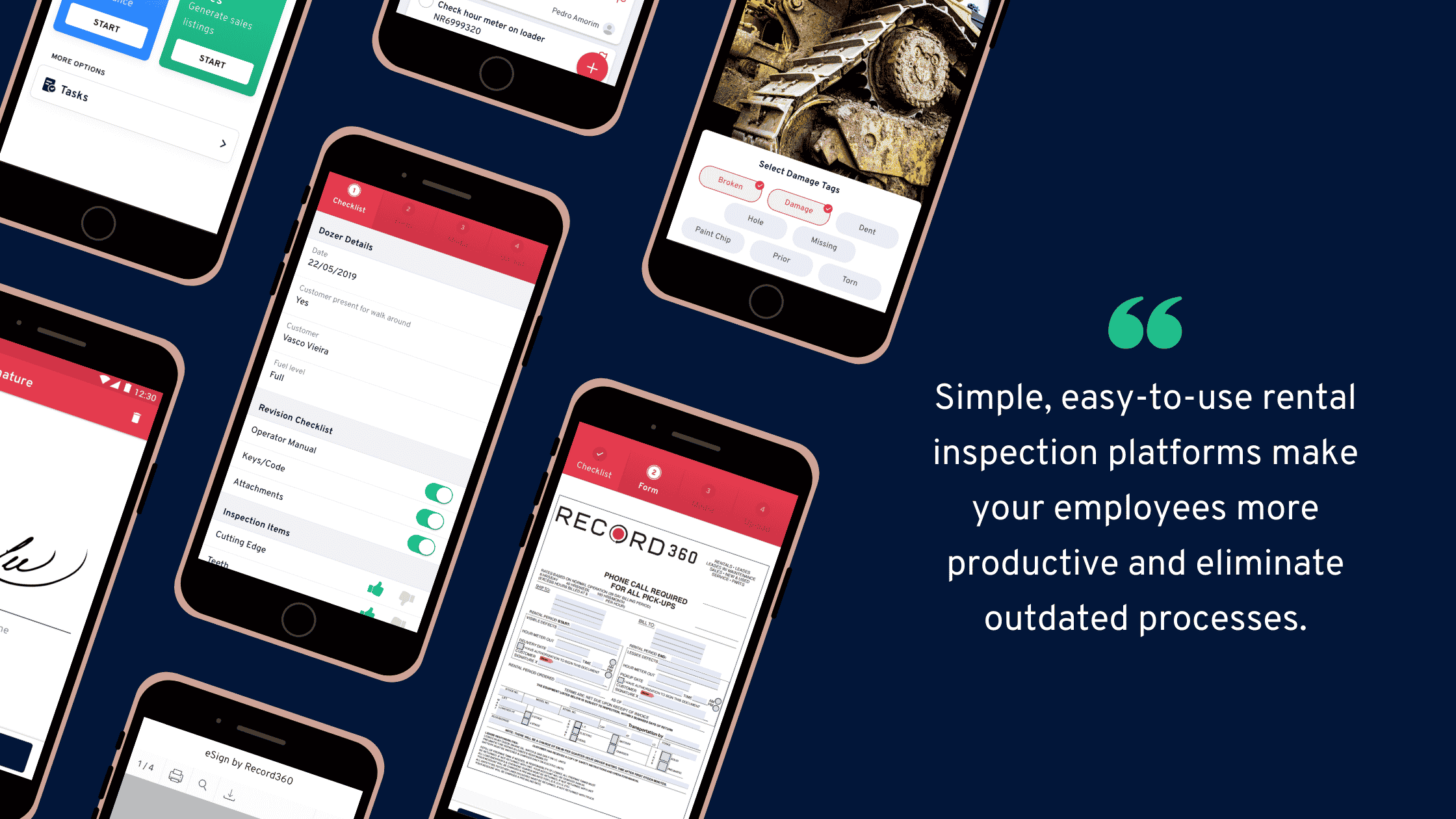Multiply your equipment revenue with these critical steps
Why make just enough from your equipment rental business when you can multiply your revenue tenfold?
I know this may sound difficult to some, but 10Xing your equipment rental revenue is not as difficult as you think. Most equipment rental companies could achieve this if they only followed the right strategies.
While there is no one-size-fits-all formula for growing equipment rental revenues, you can build upon the tried and tested tips in this guide to 10Xing your equipment rental revenue.
1. Scale your rental business
Work with domain experts to scale your operations and increase your revenue.
Collaboration lets you combine their industry knowledge with your business experience. They can help you understand your industry’s dynamics better, build relationships with key players, and leverage industry-specific know-how to plot the best approach to scale your operations.
Technology is another crucial factor for scaling.
Developing a reliable technology infrastructure increases your efficiency and reduces disruptions as you scale. It allows for easier data access and migration and streamlines your team’s collaboration internally and with third-party agencies.
What’s more, robust technology platforms have data and analytics features you can leverage to track and quantify the efficiency of your equipment rental business. By studying the data generated you can identify which parts of your processes aren’t bringing you meaningful results and which ones do.
2. Develop a culture of customer service
What does customer service have to do with equipment rental revenue? It’s the key piece of the puzzle to develop long-lasting relationships with your customers.
By making customer trust and rapport a central part of your company’s culture, you cultivate a team that’s genuinely interested in your customers’ welfare. This paves the way to higher levels of customer satisfaction, which leads to more loyal customers for your equipment rental business.
Bolster the customer-focused culture by leveraging the right technology to streamline your workflows, allowing you to deliver exceptional customer support.
Develop your tech stack and Enterprise Resource Planning (ERP) system from a long-term perspective. This helps you avoid adding unnecessary or duplicate tools that cost you more and hinder efforts to scale your business.
3. Build strategic partnerships
Unless you have every piece of equipment under the sun, from aerial, earthwork, to general construction, you can’t accommodate all of your customers’ equipment needs.
Cooperate with your competitors so you can help each other out. Partner with your competitors, assess what each company does well, and determine the best way to work together to establish a win-win situation for both your businesses.
Entering into Coopetition can also give you access to your competitors’ customer base.
Most customers stick with an equipment rental company because they trust the people, the process, and the services’ quality.
Partnering with competitors can earn you a bit of that customer trust since working with competitors can indicate how your competitor trusts you enough to partner with you.
This way, the next time your competitor doesn’t have the customer’s needs, your business could be their next choice.
4. Hire good blue-collar workers
Blue-collar workers know how your equipment works and understand the hassle your customers go through when the equipment breaks down. This allows them to empathize with your customers even more so than sales people who often do not have hands-on experience and knowledge with your equipment.
Empathy lets your blue-collar workers help with both their hearts and minds instead of merely going through the motions or the list of tasks to get things done.
When you have a team that’s genuinely interested in helping your customers, you can be sure your customers can feel their sincerity. This, in turn, makes them feel valued and important, which ultimately makes them want to stick with you and refer people your way.
5. Digitize your inspections
Recording your fleet’s condition is vital to protecting your assets and ensuring you don’t lose money in case of damages caused by the carrier and equipment misuse and abuse.
Recording your inspections also keeps you from handing off damaged or malfunctioning equipment to your customers, which could ruin your relationship and impact your revenue.
Record360 allows you to streamline your inspection process through digitization. The app lets you take high-resolution photos and videos to document your rental equipment’s actual condition, upload them to the cloud, and immediately inform your customer.
Doing so gives you irrefutable proof in case of disputes, eliminates arguments with your customers, and avoid paying for repairs for equipment damages you didn’t cause.
With the right technology, you’ll get a more granular view of your equipment’s condition and components before handing it off and after it comes back from the customer.
6. Bill customers for damages while preserving your relationship
Equipment wear and tear is inevitable. As long as you’re reasonable and fair about identifying damages and wear and tear, your customers are more likely to accept responsibility and pay for their part.
That is why the before and after photo and video records are crucial to determine how much is damage and wear and tear.
Tracking and documenting everything can help you settle disputes properly and maintain a healthy relationship with your customers.
What’s next?
While this guide is incomplete, you can use the tips as a starting point to 10X your revenue. These tips are tried and tested to work, so if you put in the effort to implement them, you are bound to skyrocket your equipment rental revenue.
Interested in learning more about Record360? Schedule a demonstration today.




